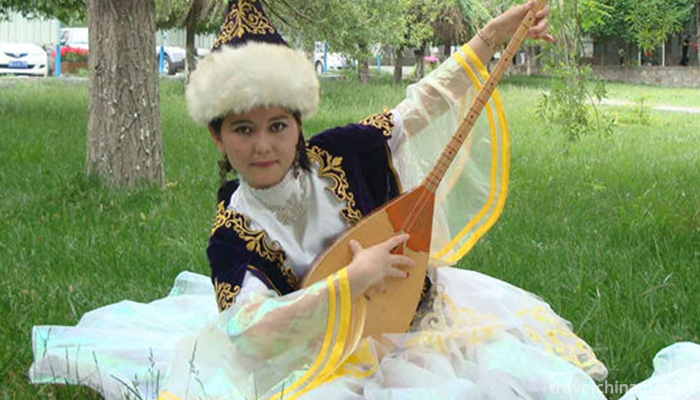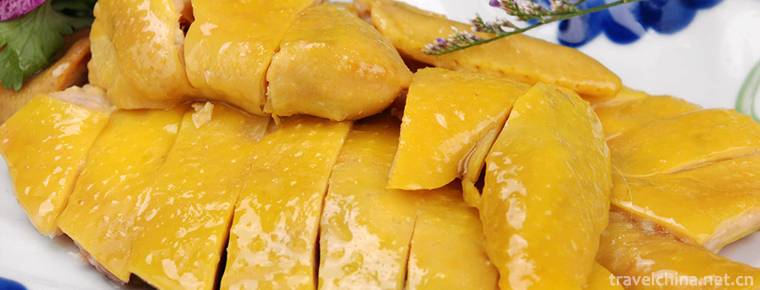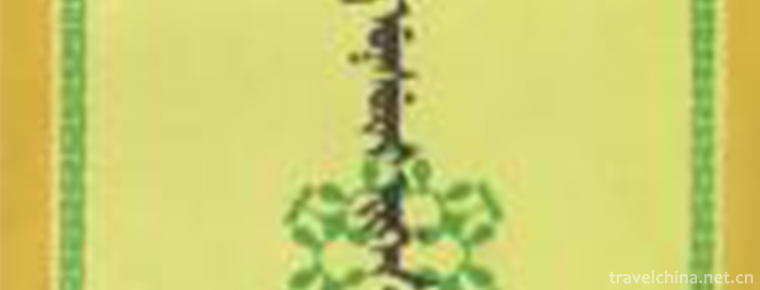Kazakhstan 62 Kwohner
Kazakhstan 62 Kwohner
62 Kwohner is Kazakh folk classical music, which means "62 suites". It is a comprehensive art mainly composed of instrumental music, accompanied by folk songs, dances, rap, playing and singing and other forms of artistic performance.
On June 7, 2008, 62 Kwohner of Kazakhstan was listed in the second batch of national intangible cultural heritage list with the approval of the State Council.
historical origin
Kazakhstan's 62-year-old Kuoen Er was formed in a specific time, because there was not enough historical literature to make a judgment. According to the research of modern scholars on 62 Kuoenl, it is believed that the formation and development of 62 Kuoenl should keep pace with the development of Kazakh music, especially the development of "Xiao". Generally speaking, it can be divided into the early form from Gusai to Wusun (early Han Dynasty), the gestation period from Wusun (Han Dynasty) to Kazakh Khanate (mid-Ming Dynasty), the formation period from Kazakh Khanate (mid-Ming Dynasty) to Qing Dynasty and the later evolution period.
With the social stability and economic development, culture and art have also been unprecedented prosperity. Especially since ancient times, folk stories, epics, music and dances that have been circulated in various tribes have been disseminated to each other under the condition of gradual unification of language and writing. At this time, a folk artist class club in the form of "Shale-Sell" appeared, which specializes in singing activities for a living. Many folk artists collect and organize songs, lyrics and dances that extol historical figures and national heroes, praise nature, animals (especially livestock raised), flowers and birds, describe people's feelings, praise pure love, reflect people's suffering and admonish the world.
After Kohan came to power in 1680, he attached great importance to the collection and collation of national cultural heritage. He organized a group of Kazakh folk Akans, genealogists, singers and knowledgeable elderly people to collect and collate Kazakh genealogy, music, proverbs, proverbs, myths and legends, historical stories, poems and epics of various subjects. At the same time, the slogans of Kazakh tribes were recorded comprehensively.
As Kazakhs live a nomadic life, in the four seasons of the year, the most convenient instruments to produce and carry are Dongbula, Spuzier and Kubuzi. These three instruments are most suitable for playing "Kuiyi" independently, so in folk music, "Kuiyi" is more widely spread and developed than other kinds of music.
artistic characteristics
Kazakhs call folk instrumental music "Kui Yi". Some of these "Kui Yi" are called "Kuo Ener". They either tell winding and moving stories or express the deep and sincere feelings of the performers. Their speed is generally slow andante, playing, do not show off skills but pay attention to charm. They let you understand the history of Kazakh people, insight into the soul of Kazakh people, feel the simple, honest, mellow and heavy music culture of grassland. Each piece of music will let you feel the unique beauty of traditional instrumental music of Kazakh people.
The three instruments of Dongbula, Kubuzi and Spuzier have their own characteristics: Dongbula can play a variety of techniques with left and right hands to produce a variety of tones; Kubuzi plays a simple and emotional melody; Spuzier is a simple and lasting long tone. This series of flowing music shows the unique musical aesthetic concept of Kazakhs. According to Kazakh scholars, in the ancient Kazakh grassland, the Kazakh people living in the West had "62 Akhjiling", whose music was fast and exciting; the Kazakh people living in the middle had "62 Kusbasar", whose music was gorgeous and beautiful; and the Chinese Kazakh people living in the East had "62 Kwaner", whose music was deep and moving. 。
Representative works
"Kaiesquauer", "Salequorner", "Telquorner", "Maydaquorn", "Akquorn" and so on
Inheritance significance
Owing to the lack of written records, geographical dispersion and inconvenience of transportation, there are not many people in Kazakhstan who can explain and sing for the public nowadays. The folk artists who can systematically sing "62 Kwon'er" are rare, and many excellent repertoires are facing extinction. Because of the social change, the change of production and life style and the challenge of globalization and modernization, the chain of inheritance of "62 Kwohner" is in danger of breaking down. There are not many young people who study folk music. Many of them have passed away, and many "Kwohner" music has been lost.


Kazakhstan 62 Kwohner
-
White cut chicken
White cut chicken, also known as white cut chicken, is the most common dish in Guangdong cuisine. It is a kind of chicken dipping. Its characteristics are simple and easy to prepare, without batching
Views: 262 Time 2018-11-02 -
Shanghai Happy Valley
Shanghai Happy Valley is located in the Songjiang Sheshan National Tourism Resort in the southwest of Shanghai. It is 40 kilometers from the central area of Shanghai
Views: 165 Time 2018-12-19 -
Changsha window of the world
Changsha World Window is located on the Liuyang River in the northeastern suburb of Changsha City, Hunan Province. It is a cultural theme park jointly invested by Hunan Radio and Television Media Co.,
Views: 197 Time 2019-03-17 -
Flower Drum Opera
Huagu opera, a kind of local opera in China, has the most identical names in the national local opera, usually referring to Hunan Huagu opera. Hubei, Anhui, Jiangxi, Henan, Shaanxi and other
Views: 176 Time 2019-05-04 -
Pipa Art
In the history of modern Chinese traditional folk music, there are two schools of pipa: the "Shanghai School" (Pudong School) and the "Zhejiang School" (Pinghu School). The Pipa ar
Views: 116 Time 2019-06-09 -
Poop love song
In February 2006, a cultural census unexpectedly found "Poya Ge Shu" in Poya Village. Through expert research, 81 patterns in "Poya Ge Shu" have the character of words, and are one
Views: 242 Time 2019-06-09 -
Shulaibao
Shulaibao, a traditional Chinese folk art. Popular in northern China, the source is a means for beggars to ask for money. One or two people sing. Beat with a bamboo board or with a copper bell attache
Views: 255 Time 2019-06-15 -
Xibo Folk Stories
Xibo folk tales, Xibo people are descendants of Xianbei people in ancient times. Xianbei was originally nomadic in the eastern foot of the Great Hinggan Mountains, and has been hunting and fishing for
Views: 217 Time 2019-07-01 -
Sichuan Minzu College
Sichuan College for Nationalities is a full-time general undergraduate college in Sichuan Province. It is also the only national undergraduate college in Kangba Tibetan District. It is located in Guza
Views: 200 Time 2019-08-31 -
Shihaidong scenic spot
Shihaidong scenic spot is located in Xingwen County in the south of Sichuan Province. Because the stone forest and karst caves in the county are distributed in 17 townships, it is known as "stone sea cave town".
Views: 333 Time 2020-10-16 -
Characteristics and types of Chinese embroidery
The main artistic features of hand embroidery are neat patterns, beautiful silk, fresh and elegant colors, rich needlework, appropriate elegance and beauty, and exquisite and exquisite embroidery. As far as the needling methods of embroidery are concerned,
Views: 253 Time 2020-12-12 -
Dazhou Sports
By the end of 2019, Dazhou city has a total of 9 stadiums and stadiums, sports lottery revenue of 242 million yuan, and 694 new sports fitness projects for farmers.
Views: 363 Time 2020-12-20









